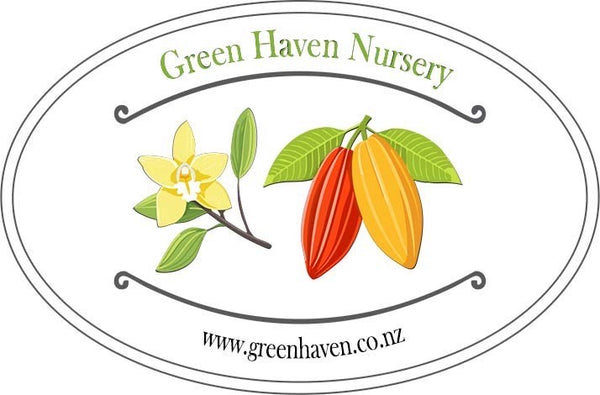
Food Forest Principles From my Travels
Share
It seems like everyone in the online gardening world is talking about food forests—and for good reason. Food forests are an attractive way to breathe life into the mundane feel of an urban environment. But while the concept is appealing, building a thriving food forest comes with its own set of challenges—especially when trying to grow tropical plants in the otherwise varied climates of New Zealand.

(Velvet apples (Diospyros blancoi) growing on a tree in the farm)
This year, I had the chance to visit Tropical Fruit World on the Gold Coast—a unique farm that grows and sells a wide range of tropical fruits right from their farm-side stall. The guided tour through their farm offered a firsthand look at how they achieve this impressive level of tropical diversity, and I came away with a number of valuable insights into their planting style. Hopefully, some of these lessons will help guide the creation of your own food forest.
As we entered the farm, passing through endless commercial fields of sugarcane, one of the first things that stood out was the towering overstory of trees. Macadamias, jackfruit, and eucalyptus formed a dense canopy, providing shade and structure across the landscape. This overstory plays a critical role in shaping the microclimate, allowing more sensitive understory species like bananas and jaboticaba to thrive beneath.
Particularly cold-sensitive plants (like cacao) are strategically placed within these protected microclimates, often at the center of the farm rather than the exposed periphery. This positioning helps them survive the cooler winter months.
Another key feature of the farm is the large man-made lake, which serves an important function beyond just providing an amazing boat ride. Acting as a thermal mass, the lake absorbs heat during the day and releases it at night, helping to maintain a warm, humid environment across the farm and further protecting against cold stress.

Much like in a natural forest, many of the plants on the farm were grown relatively close together. This close spacing offers practical benefits—particularly when it comes to cold protection. Dense foliage helps insulate the plants, creating a microclimate that buffers against low temperatures. You can see this in the photo below: notice how tightly the banana plants are spaced, both among themselves and in relation to nearby trees.

Maintaining a living mulch layer is essential for the health and success of the plants. Around each tree, a thick layer of mulch was added on top of the existing forest floor material. This mulch often consisted of decomposing banana leaves, wood chips, or cracked macadamia shells. The primary goal was to build a rich forest floor humus—an organic layer that supports the survival of beneficial microorganisms, bacteria, and fungi. These underground communities are critical to overall plant health and soil vitality.
Overall, my visit to Tropical Fruit World was interesting and educational. It was eye-opening to see tropical fruit trees I had never encountered before. I hope the information I’ve shared here serves you well as you continue on your own Food Forest journey.
Bharat from Green Haven
